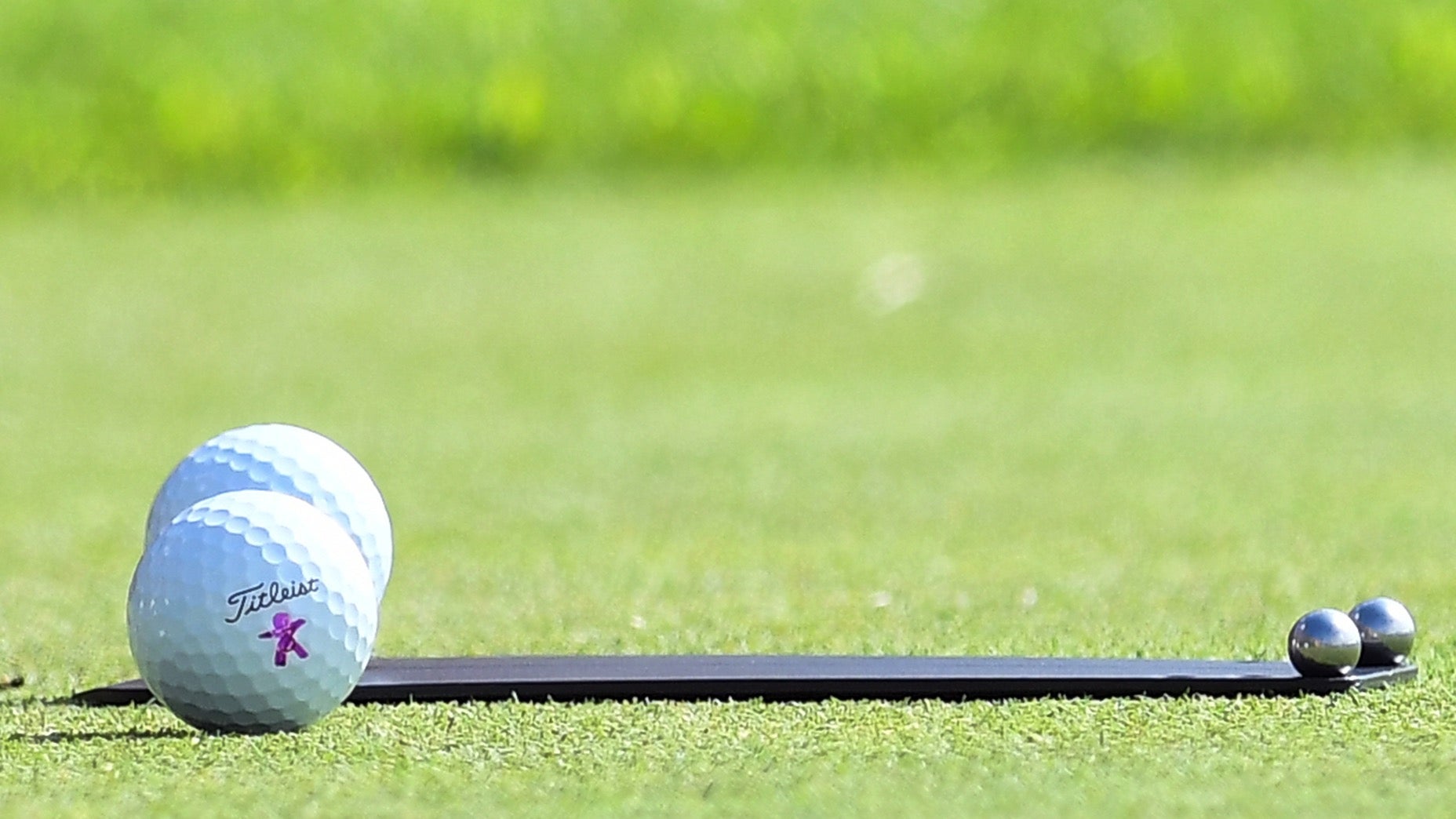During this year’s U.S. Open from Pinehurst No. 2, Bryson DeChambeau made headlines when the already quirky golfer answered a question about his “salty balls” — a reference to him soaking golf balls in Epsom salt to test them.
Said DeChambeau at the time, “I put my golf balls in Epsom salt…essentially, we float golf balls in a solution to make sure that the golf ball is not out of balance. There was a big thing back in the day where golf balls are out of balance, and it’s just because of the manufacturing process. There’s always going to be an error, especially when it’s a sphere and there’s dimples on the edges. You can’t perfectly get it in the center.
Bryson DeChambeau is designing a ‘game-changing’ driver for the massesBy: Jonathan Wall
“So what I’m doing is finding pretty much the out-of-balanceness of it, how much out of balance it is. Heavy slide floats to the bottom, and then we mark the top with a dot to make sure it’s always rolling over itself. It kind of acts like mud. If there’s too much weight on one side, you can put it 90 degrees to where the mud is on the right-hand side or the mud is on the left-hand side. I’m using mud as a reference for the weight over there. It’ll fly differently and fly inconsistently.”
The conversation about “salty balls” is already a bit whacky. But after DeChambeau went on to win the U.S. Open, the entire discussion took on a life of its own, with the soundbite becoming a viral sensation.
While DeChambeau has long reveled in the “mad scientist” label — willing to go whether no golfer before him to earn an advantage, the whole salty balls thing didn’t actually originate with him.
In the video above — which comes from Peter Kostis and Gary McCord’s “Off Their Rockers” podcast, a GOLF Production — the two chatted with their producer and co-host, Mike Abram, to discuss the origin of testing golf balls in Epsom salt, and how it really began out of necessity decades ago.
“Peter and I were talking, and we had to do that back in the day with every golf ball we got — because you didn’t know what you were getting,” McCord says. “The specifics of the [ball’s] builds then were not as precise as they are now.”
Back then, before the advent of modern golf ball technology, few balls in a standard dozen would be “perfectly” round.
How to conduct golf-ball testing like a pro | Fully EquippedBy: Jonathan Wall
“I remember so many times on Tour, getting golf balls, and, on the road, I’d fill the bathtub up [to drop in a bunch at a time],” McCord added. “I’m guessing I would get about one to three golf balls per dozen that were round.”
And that’s not the only way in which golf ball technology has improved over the years.
“Players back in the day wouldn’t play more than three holes with a golf ball,” Kostis said. “Because the elastic bands on the inside would break from hitting it, so it’d be unusable.”
So there you have it. Salty balls aren’t a bad idea, they’re also not a new one.
To hear more from Kostis and McCord, you can listen to the entire episode below.











